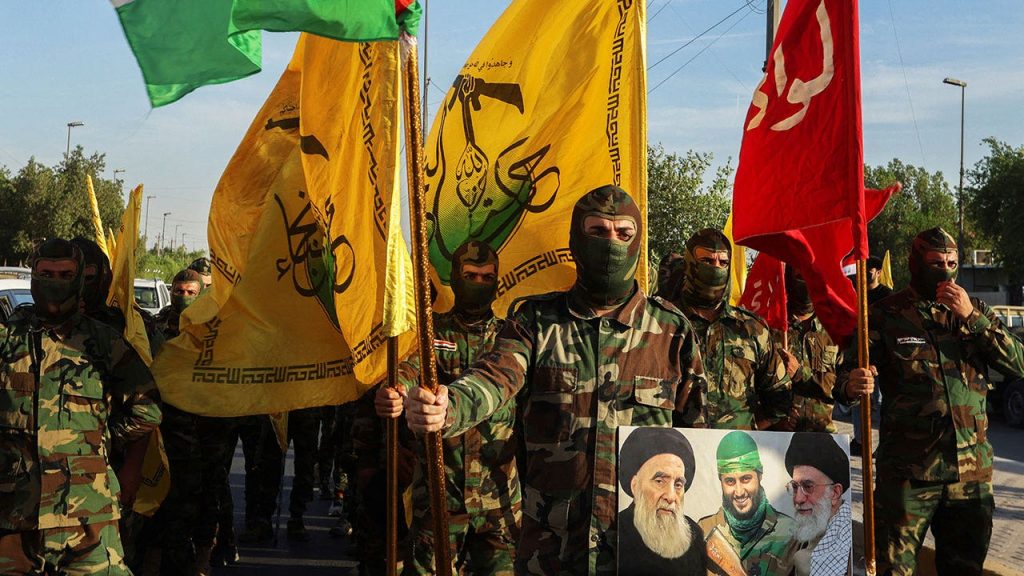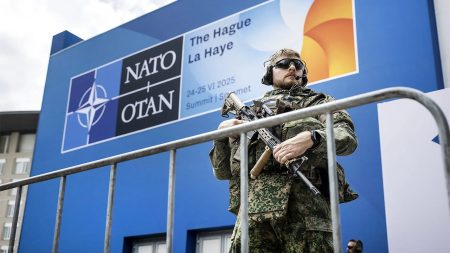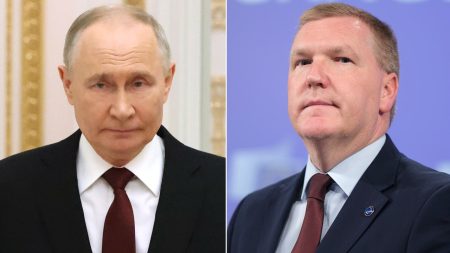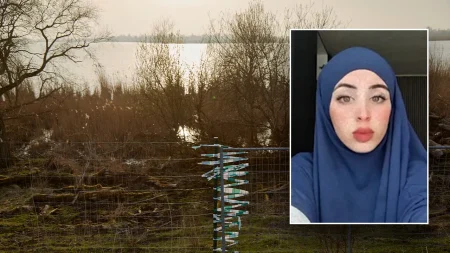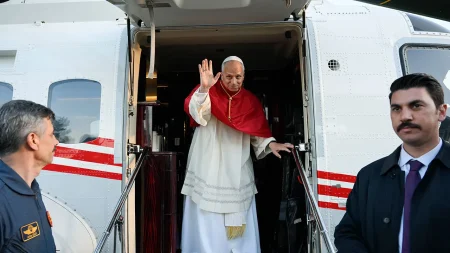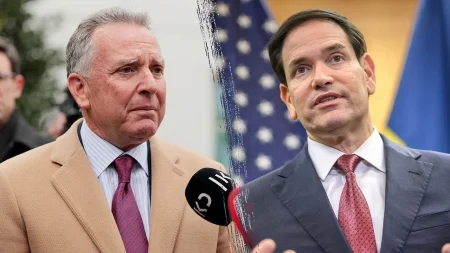US Designates Four Iran-Backed Iraqi Militias as Foreign Terrorist Organizations
In a significant move against Iran’s regional influence, the United States has designated four Iraq-based militias as Foreign Terrorist Organizations (FTOs). This action, announced by Secretary of State Marco Rubio, targets Harakat al-Nujaba, Kata’ib Sayyid al-Shuhada, Harakat Ansar Allah al-Awfiya, and Kata’ib al-Imam Ali. These groups had already been labeled as Specially Designated Global Terrorists by the Treasury Department in 2023, but this new classification represents an escalation in America’s approach to countering Iran’s proxy network in the Middle East. The designation reflects growing concerns about these militias’ involvement in attacks on U.S. personnel and interests in the region, including the tragic drone strike in Jordan that killed three American service members in January 2024.
These militias operate under the umbrella of the Islamic Resistance in Iraq (IRI), which gained prominence following Hamas’s October 7, 2023 attack on Israel. According to the Foundation for Defense of Democracies (FDD), these groups form the core of the IRI and have been responsible for hundreds of attacks across Iraq, Syria, and Jordan. What makes these organizations particularly concerning to U.S. security interests is their dual nature – they function both as independent militant groups and as components of Iraq’s Popular Mobilization Forces (PMF). The PMF was originally formed with Iraqi government backing to combat ISIS, but has increasingly fallen under Iranian influence, creating what experts describe as “a state within a state” in Iraq. This complex position allows these militias to operate with a veneer of legitimacy while simultaneously conducting operations aligned with Iran’s regional objectives.
The Trump administration’s approach to these Iran-backed militias represents a continuation and intensification of policies begun during his first term. As Behnam Ben Taleblu, an Iranian expert at the FDD, explained, “The Trump administration broke the taboo during term one when it proved it could name, shame, and punish Iran-backed militias in Iraq without the country devolving into civil war.” This current round of designations builds on that foundation, aiming to further isolate these groups and limit their ability to operate internationally. By designating these organizations as FTOs, the U.S. government gains additional legal authorities to target their financing and support networks, making it more difficult for them to receive funding, recruit members, or engage in international activities.
These designations come at a time of heightened tensions between the United States and Iran, particularly following the start of Israel’s military operations in Gaza. The Islamic Resistance in Iraq has claimed responsibility for numerous attacks on U.S. forces in the region since October 2023, ostensibly in solidarity with Palestinians in Gaza. However, experts view these attacks as part of Iran’s broader strategy to pressure the United States while maintaining plausible deniability. Secretary Rubio specifically noted in his statement that these “Iran-aligned militia groups have conducted attacks on the U.S. Embassy in Baghdad and bases hosting U.S. and Coalition forces, typically using front names or proxy groups to obfuscate their involvement.” This pattern of operation – attacking through proxies while concealing direct involvement – has been a hallmark of Iran’s regional strategy.
The designation of these four groups follows a consistent pattern in U.S. counterterrorism strategy that seeks to combine Treasury Department sanctions with State Department terrorist designations. This dual approach, which was previously applied to Iran’s Islamic Revolutionary Guard Corps (IRGC) during Trump’s first term, creates a more comprehensive framework for countering these organizations. As Ben Taleblu noted, “Sandwiching these and other Iran-backed terror groups between Treasury Department SDN listings and State Department FTO listings… is the right approach.” This strategy aims to isolate these groups financially, diplomatically, and operationally, making it more difficult for them to function effectively as extensions of Iranian influence in the region.
The timing of these designations also suggests a more assertive U.S. posture toward Iran and its proxies under the second Trump administration. Reports indicate that the president has established an ultimatum for Iran regarding attacks on American forces, potentially setting the stage for more decisive military action in the coming months. While diplomatic and economic pressure through designations and sanctions remains the primary tool, the administration appears prepared to back these measures with military force if necessary. This multifaceted approach reflects the complex challenge posed by Iran’s “Axis of Resistance” – a network of allied militant groups across the Middle East that advances Iranian interests while allowing Tehran to maintain strategic distance from direct confrontation with the United States or its allies. By targeting these proxies directly, the U.S. aims to disrupt this strategy and increase the costs to Iran of maintaining this network.





